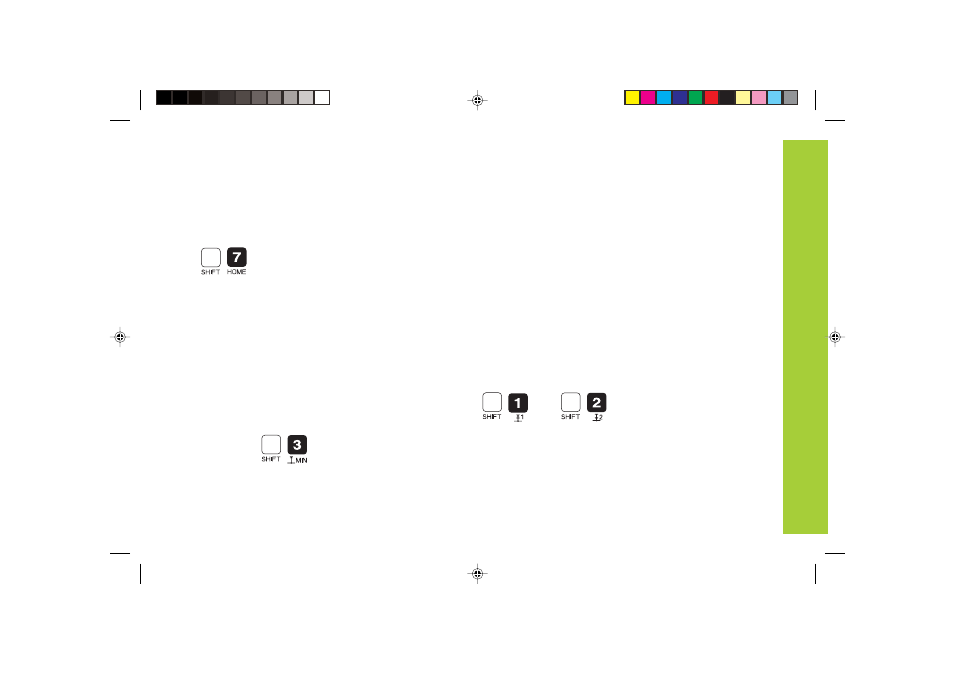HEIDENHAIN ND 760 E User Manual
Page 21

21
Description of functions:
Start position (HOME)
After an EDM process, when the EDM axis has returned to
the start position, the transistors A1, A2, A3, A4 and A6 are
locked (high-level outputs). A5 is conductive (low-level
output). The start position is referenced to the defined
workpiece datum of the EDM axis and is programmable with
the keys.
If the EDM generator and the start position are traversed in
the negative direction, the transistors for the outputs A1, A2,
A3, A4 and A6 become conductive (low-level outputs).
Trigger points before MIN position:
The ND 760 E can be switched from the standard actual
value display mode to the MIN position display mode, i.e. the
EDM axis always displays the minimum position value. Due
to the quick up-and-down motion of the EDM axis,
HEIDENHAIN recommends using this display mode for EDM
processes. You can define two trigger points that are
referenced to the MIN position value. The first trigger point is
defined with the keys.
The second trigger point before the MIN position value is
defined in parameter P17 (or P18). This trigger point can be
used for functions whose trigger point must not be changed
by the operator. It could be used, for example, for changing
the switching functions for the speed controller for the EDM
axis so that the electrode retracts rapidly during the cyclic
retraction process in order to enable the controller to switch
back to the standard speed before the MIN position value has
been reached.
The transistors for both switching outputs are locked when
the electrode is retracted along the programmed path.
The transistor becomes conductive again as soon as the
electrode is located within the programmed path during the
downward motion.
Trigger points with respect to the erosion depth:
Before the erosion depth is reached, two trigger points can
be entered with the following keys:
Description
of
S
witching
Output
Functions
and
The user can easily change this trigger point. The trigger
point can be used as a signal for reversing the direction of
movement during cyclic retraction (used to improve the
flushing process).
These trigger points refer to the erosion depth. If the
electrode reaches the programmed distance from the
erosion depth, the corresponding transistor is locked. The
transistor remains locked even if the electrode is retracted
along the programmed path by the controller.
Bateil1.pm6
21.01.2002, 09:39
21